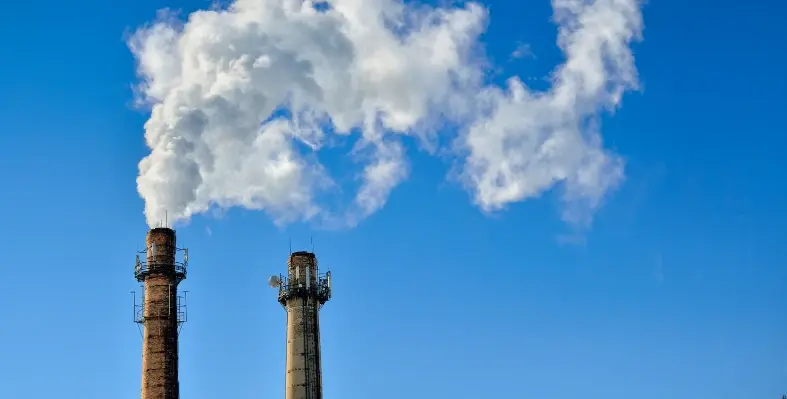Global momentum on energy efficiency is expected to accelerate in 2025, according to the International Energy Agency’s latest annual update, signalling renewed progress in an area seen as essential for strengthening energy security, boosting economic competitiveness and cutting both energy costs and emissions.
The IEA’s Energy Efficiency 2025 report shows that global primary energy intensity, the key metric used to measure improvements in energy efficiency, is projected to rise by 1.8% this year. This marks a notable increase from the 1% recorded in 2024.
Early estimates suggest that major economies including India and China are beginning to show signs of stronger improvement compared with their average performance since 2019.
Since 2019, global energy efficiency gains have been relatively weak, averaging just 1.3% annually, well below the roughly 2% per year recorded between 2010 and 2019.
“The acceleration in global progress on energy efficiency that we’re seeing in 2025 is encouraging, including positive signs in some major emerging economies. But our analysis shows that governments need to work even harder to ensure efficiency’s full range of benefits are enjoyed by as many people as possible,” said IEA Executive Director Fatih Birol. “Energy efficiency has the power to enhance people’s lives and livelihoods through greater energy security, more affordable bills, improved economic competitiveness and lower emissions.”
New challenges
Despite the improvement, the world remains far from achieving the goal set at COP28 in Dubai, where nearly 200 governments committed to doubling the global average annual rate of efficiency improvements to 4% by 2030.
The report highlights areas where policy action is gaining strength but also points to persistent challenges. Around two-thirds of global growth in final energy demand since 2019 has come from industry, a sector where efficiency improvements have slowed considerably.
In addition, policy development is often failing to keep pace with technological advances, particularly for appliances such as air conditioners. While wider access to air conditioning has improved comfort for millions, most units sold today are far less efficient than the best available models, driving up electricity use and household costs.
The IEA notes two key pathways for governments to accelerate progress: raising the ambition of existing policies, and closing policy gaps, especially in regions with fast-growing energy demand. For instance, around half of all countries still lack minimum efficiency standards for new buildings.
To support this effort, the IEA has updated its Energy Efficiency Progress Tracker with the latest regional data and expanded its Energy Efficiency Policy Toolkit with new case studies showcasing best practices from around the world.





